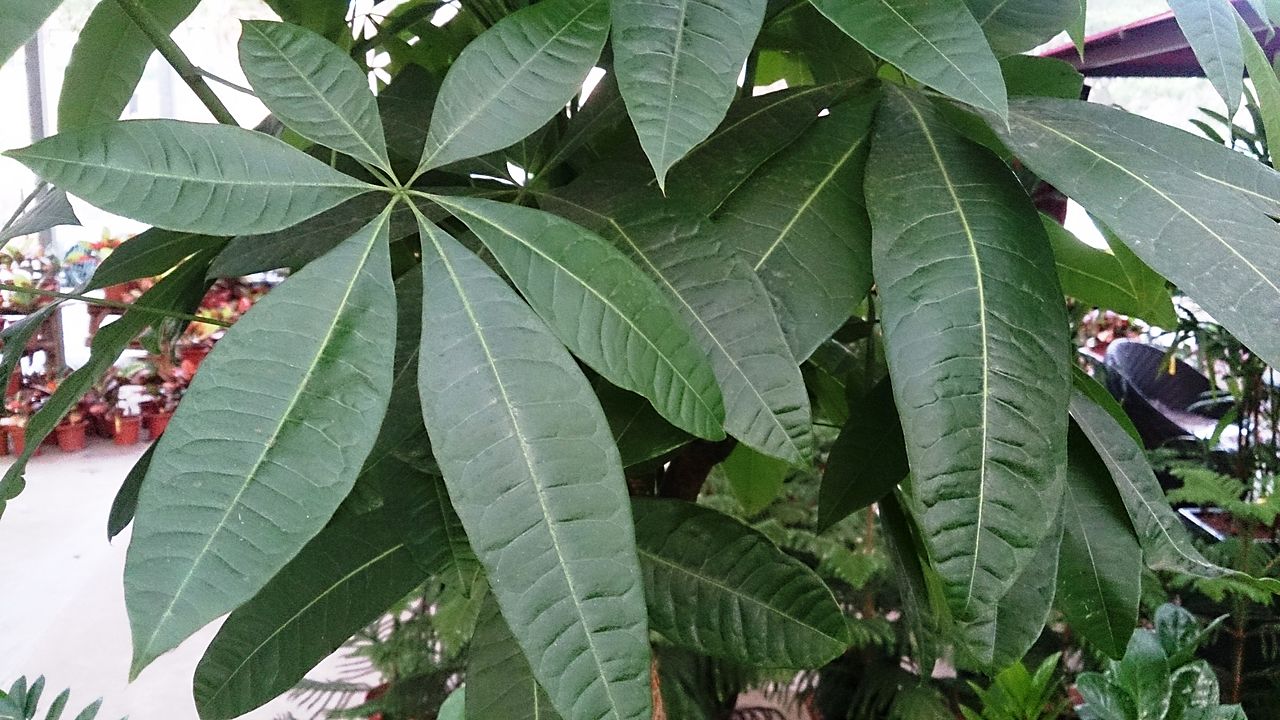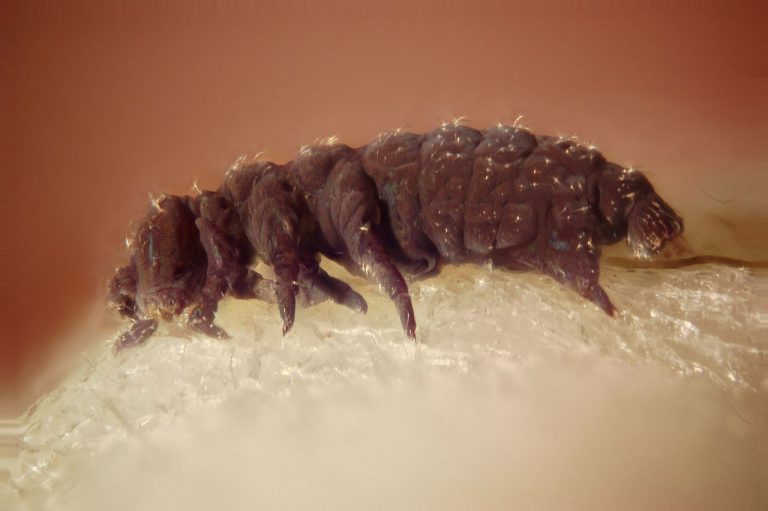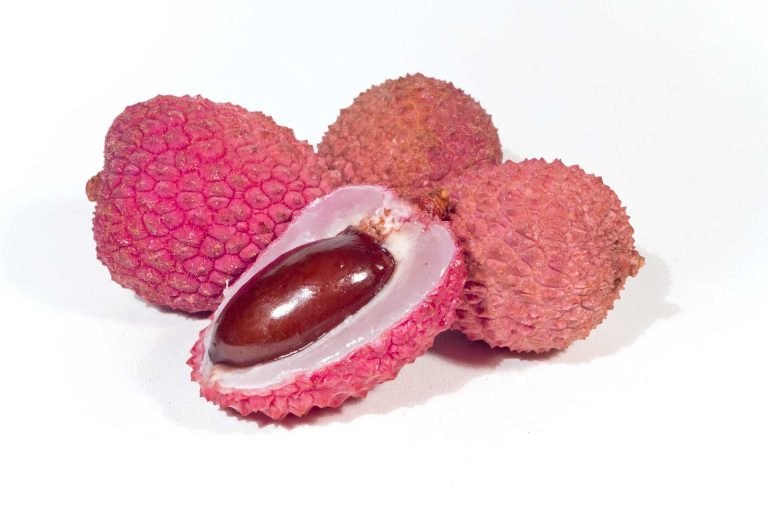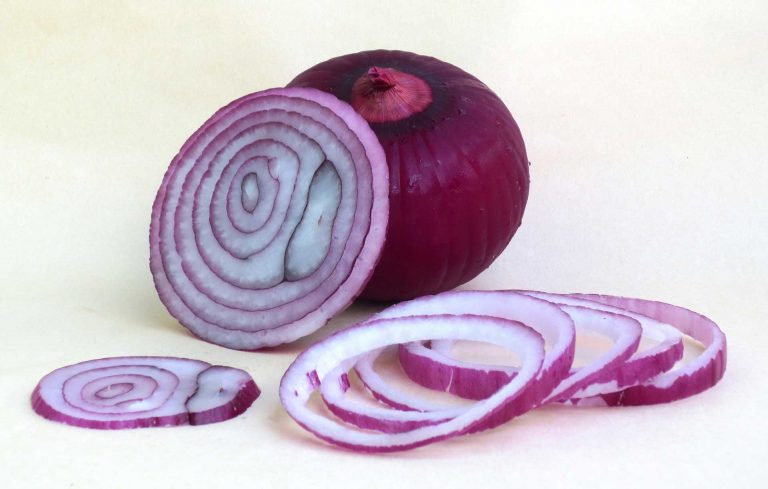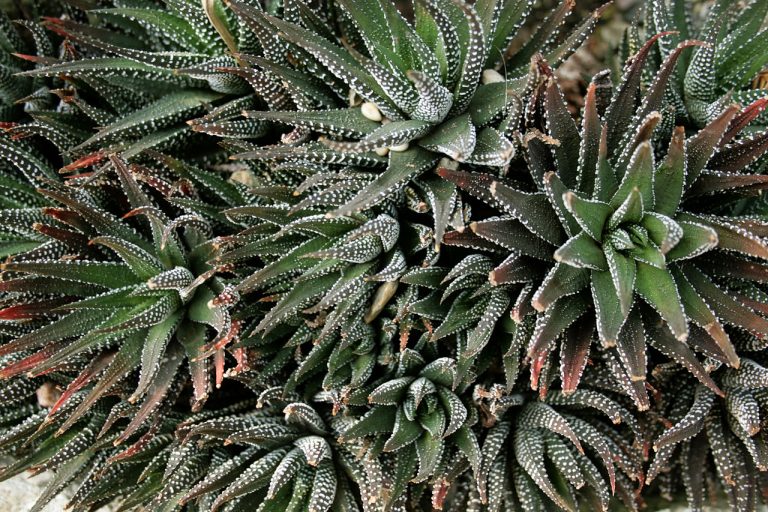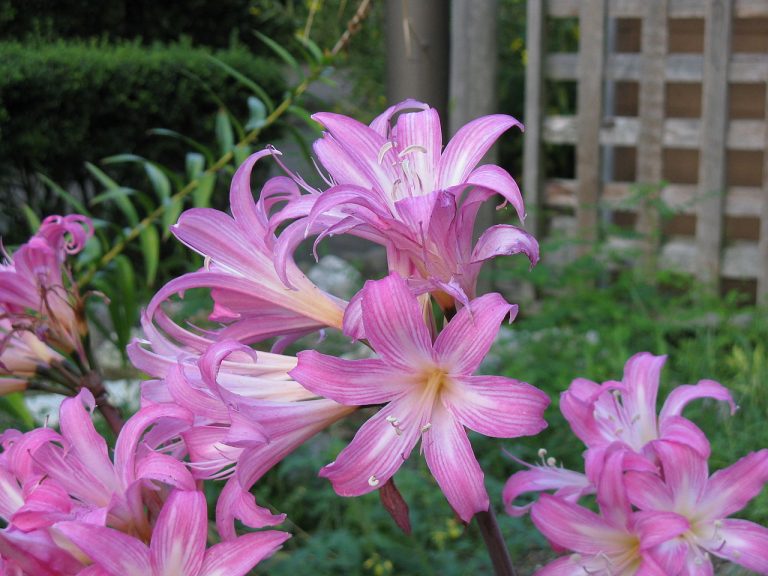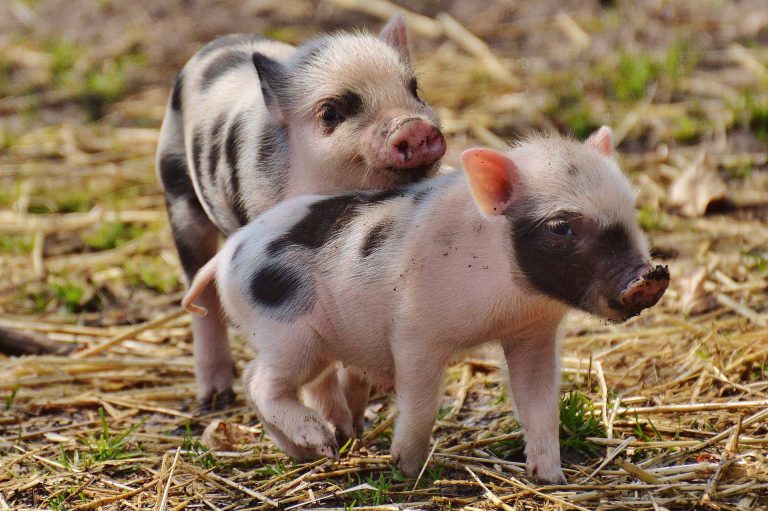Money Tree
Pachira Aquatic, a member of the Malvaceae mallow family, is found growing in swamps in the tropical wetlands of Central America and South America. Commercially sold as the money tree or money plant, it is commonly known as Malabar Chestnut, Provision Tree, and Pumpo in Guatemala. Its other names include Guiana Chestnut, Saba Nut, And Monguba, a name native to Brazil. Its braided bonsai varieties were first discovered in Japan after 1980. Soon, it became popular in Eastern Asia and the West. Money trees that grow in the wild reach a height of up to 60 feet. Their flowers resemble bananas whereas the fruits appear similar to coconuts. It is most commonly sold as a houseplant, which in fact belongs to a similar species called P. Glabra.
Its genus name is derived from the Guyanese language and the species name is from the Latin word for “aquatic”. It is now recognized as a subfamily of Malvaceae called Bombacoideae. Earlier, it was referred to be a part of another Malvaceae subfamily called Bombacaceae.
The origin of its most common name “money plant” comes from an ancient tale wherein the fortune of a poor man changed for the good, soon after he brought this plant home.
Description
A money tree grown in the wild can grow up to 18 m, which is equivalent to 59.1 feet. Apart from its green-colored smooth bark, it has shining green palmate leaves which have lanceolate leaflets. Its flowers have long and narrow petals which later open up, similar to a banana peel, and give way to hairlike stamens which are yellowish orange in color. Usually grown in large woody pods, its edible nuts, which are light brown in color with white stripes, are the main reason behind its cultivation. These nuts taste like peanuts and can be consumed either in a raw or cooked state. They can be ground into flour for making bread too. Its leaves and flowers can be eaten as well.
The tropical and ornamental tree can be grown from a seed or a cutting in areas that are moist and frost-free. It endures and adapts to different conditions. Although it needs a lot of sunlight, persistent exposure to direct sunlight can result in its leaves getting sunburnt.
The brownish colored nut can grow up to 12 inches long and 2.5 inches in diameter, which is equivalent to 300 mm and 64 mm respectively. The seeds inside the nut grow until the nutshell covering it bursts, and lets the seed fall. The nut contains a flavor quite similar to that of a European chestnut and can be consumed either raw or in roasted form. It can be ground and used in preparing a hot drink as well.
Cultural History of the Plant
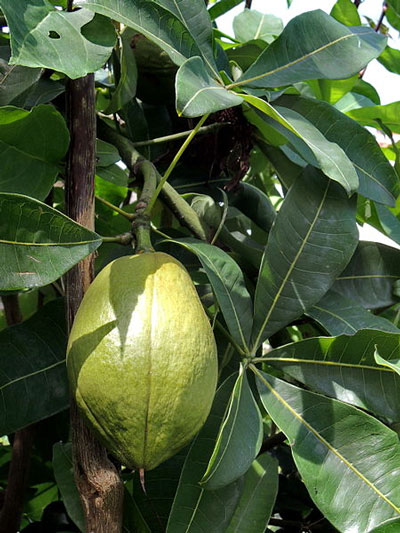
In the eastern parts of Asia, the “Malabar chestnut”, another name for Pachira Aquatica, is commonly recognized as the “money tree. For long, it had been accepted as an ornamental tree in Japan. In the year 1986, a truck driver from Taiwan planted five small plants, with braided trunks, in a flowerpot. Thereafter, its popularity spread across Japan and eastern parts of Asia. It is believed that it brings good fortune, in terms of money. That is why, it is often found in and around the premises of companies or businesses along with little other ornamentation.
It holds immense importance in Taiwan’s economy as it contributed close to US$ 7 million in agriculture exports in 2005. Surprisingly, the more widely sold Pachira. Glabra, is in fact a species quite similar to Pachira Aquatic, but is sold as the money tree. A tree with a smaller growth rate, P. Glabra develops a thick base merely a few years after planting. Its flowers are less showy in nature and its seed pods, which are green in color, grow only up till 6 inches against the 12 inches of the brown seed pod.
Light and Temperature
Being a tropical plant, it can endure any temperature above the freezing point. Its growth can slow down a little amid temperatures higher than 100 degrees Fahrenheit. However, it does not harm the tree. Similarly, temperatures near the freezing point can cause slight damage, but nothing serious will occur until the temperature falls to between 27 to 28 degrees Fahrenheit.
Due to its tropical nature, the money tree normally requires a lot of light. However, it can get sunburned if exposed to immense sunlight during summer. It grows ideally under full shade outdoors.
Watering
The money tree does not require a lot of water at a single point of time. Keeping the soil slightly moist once a week is considered ideal. An occasional misting always helps houseplants like the money tree.
Medium
The money tree needs a free draining soil which is rich with organic nutrients. An ideal medium could be prepared by mixing two parts of aged compost or one part each of compost and humus along with two parts of coarse builders and one part of perlite.
Feeding
In order to enrich the soil with additional nutrients, an ideally diluted liquid fertilizer could be applied for a few months from the early months of the spring season till late fall.
Pruning and Propagation
Although mostly unnecessary, pruning can help in giving the tree a certain look. If at all, someone decides to prune the money tree, he/she should cut the excess shoots and plant them in a balanced mix of compost and perlite. A rooting compound works really well for the money tree. Therefore, it can be used freely and you can relish the growth of the cuttings later.
Problems and Pests
Pachira Aquatica easily endures most common afflictions; however, one needs to be careful about watering it appropriately and to scale. Inadequate watering can result in the leaves turning yellow and falling from the tree. More than adequate watering makes the green, healthy leaves fall from the tree. An important problem that should be controlled is the infestation of scales. Usage of scale quarantine as prevention is always advisable as it might carry from one plant to another. Different compounds might affect scales differently. Therefore, it is necessary to try a method for at least over a month before discarding the plant completely. The two most commonly used methods are to rub alcohol directly onto the insect’s body with the help of a cotton swab and to spray the plant with a mixture of insecticidal soap and water. Among other methods, spraying a liquid mixture of tobacco extract and water is often put to use. The tobacco is soaked in water overnight and then, squeezed to strain the extract, which is later mixed with water to prepare the liquid mixture. Usage of rubber gloves is a must while doing this. Most importantly, one needs to spray the liquid carefully as a few other plants such as tomatoes might get adversely affected due to the tobacco extract.
Re-potting
Before you start, make sure you have the above mentioned soil mix, a bowl filled with room temperature water and a pair of scissors. A large-sized cup and a pitcher can come handy during the process too.
After you remove the money tree from the old pot, please ensure that you shake the root mass adequately to remove any dirt or pebbles, if any. There are chances that few rocks might be glued to the root mass as well. Please remove them properly and soak the root mass in water before you continue your work.
A screen or a big pebble can be used to cover the drainage holes, in order to prevent the loss of soil with the excess water that is drained from the pot. Following this, the pot should be filled with the soil mix to about two-third of its capacity.
The next step should be to remove the roots from the water and discard the dead or broken roots. A pair of scissors can be used to trim few roots as well.
Finally, the root mass can be placed in the pot and should be completely covered with soil. Water the plant adequately. The process comes to an end.
Money Trees as Bonsai
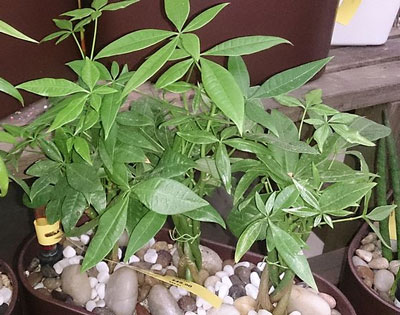
Money trees can be grown well in homes, as bonsai tree varieties. More often than not, they are planted as a good omen. With a little care required in terms of watering and sunlight, these trees endure warm environments, provided that they receive good air circulation. Quite contrary to the other money trees, bonsai money tree requires more pruning in order to remain small and healthy. In the absence of pruning and re-potting at intervals, the plant would get fixed to its roots and eventually decline.
Bonsai seeds can be grown easily and sell at an average price of US$3.
How to Care for your Bonsai
Pachira Aquatica should be constantly examined to determine any possible health problems. Apart from its branches getting wilted and drooping down, its leaves can face ill-health too as they might get nibbled. Infected parts of the tree must be eliminated immediately to prevent the expansion of a particular problem. The major reasons behind the yellowing of leaves can be inadequate watering, either excessive or scanty, and lack of nutrients. Ideally, the plant should be watered enough to keep it just moist, so that it can subsist until the time it is watered again.
The annual new growth during the early days of spring should be pruned to maintain the money tree similar to a bonsai. New leaves can be modified in order to determine the plant’s shape. However, the new growth should be completely cut away as it affects the plant’s health. Eliminate the new suckers that grow at the plant’s base, with the help of scissors.
It is ideal to repot the plant bi-annually during the early days of spring. Once the plant is removed gently from the old pot, the soil surrounding the roots must be loosened. Old roots can be clipped away with scissors along with the ones which are dead or decaying. Nothing more than one-third of the roots should be removed. Only when all this is done, can the plant be re-potted in the new soil. If the process is correctly followed, the result would be a plant with strong and healthy roots.

Having discovered a fondness for insects while pursuing her degree in Biology, Randi Jones was quite bugged to know that people usually dismissed these little creatures as “creepy-crawlies”.

